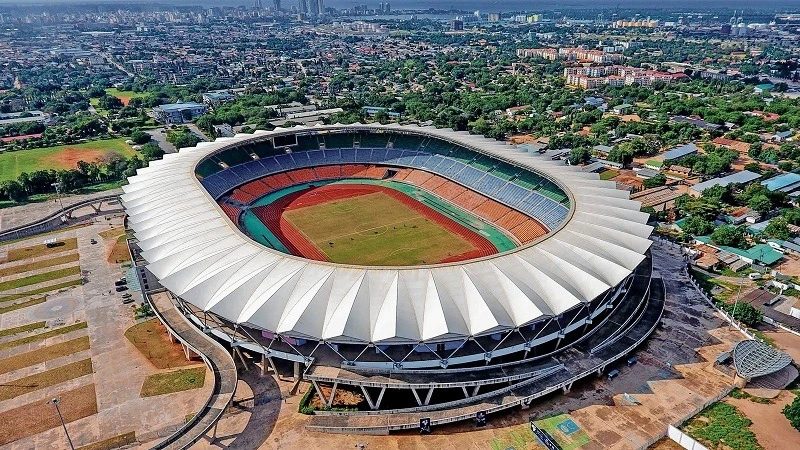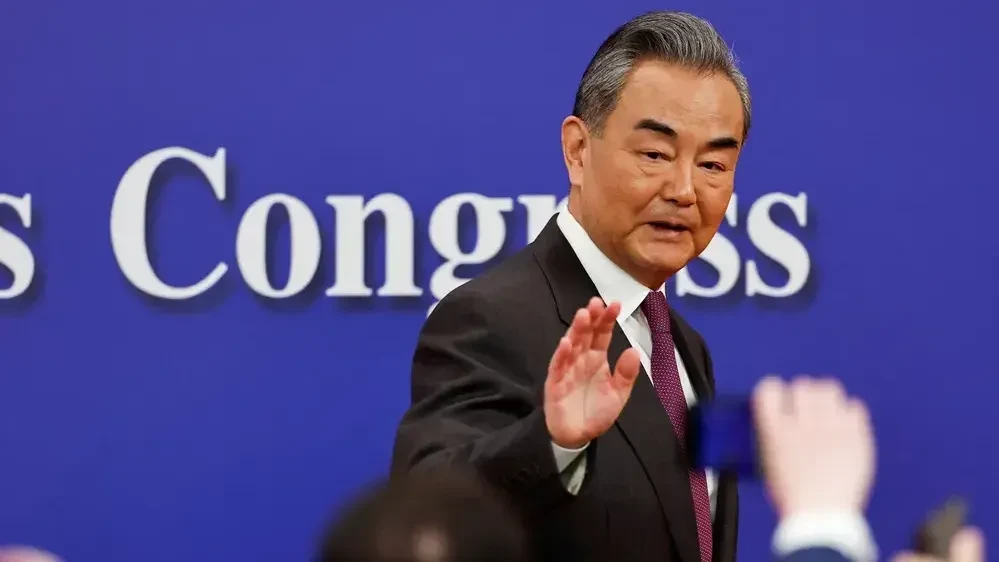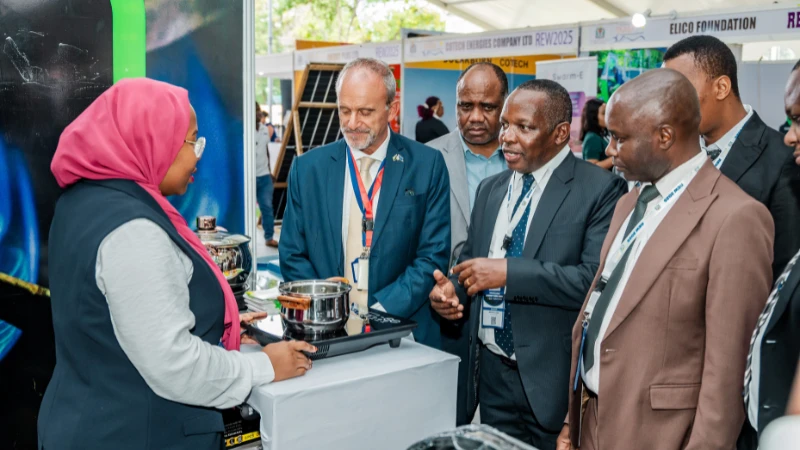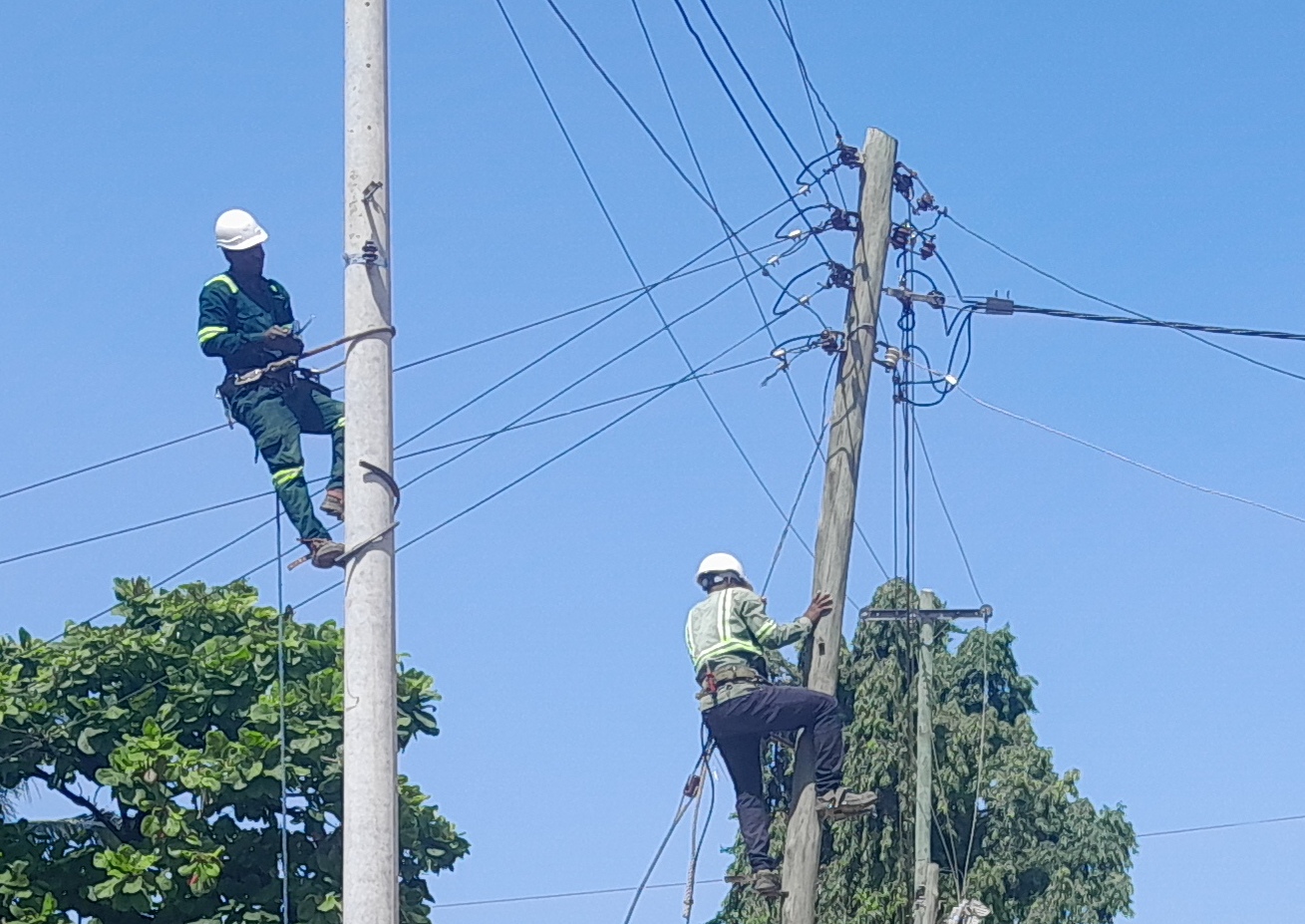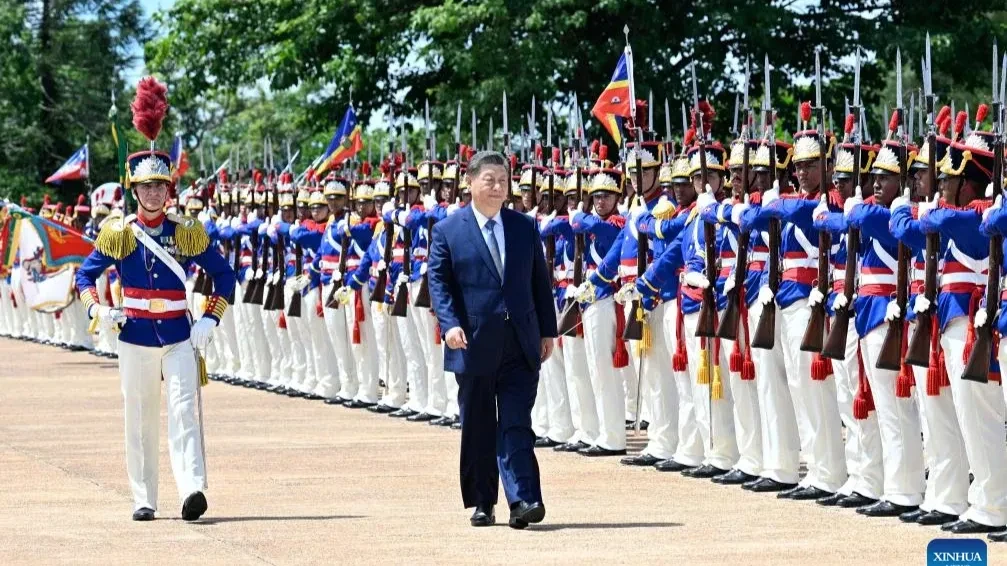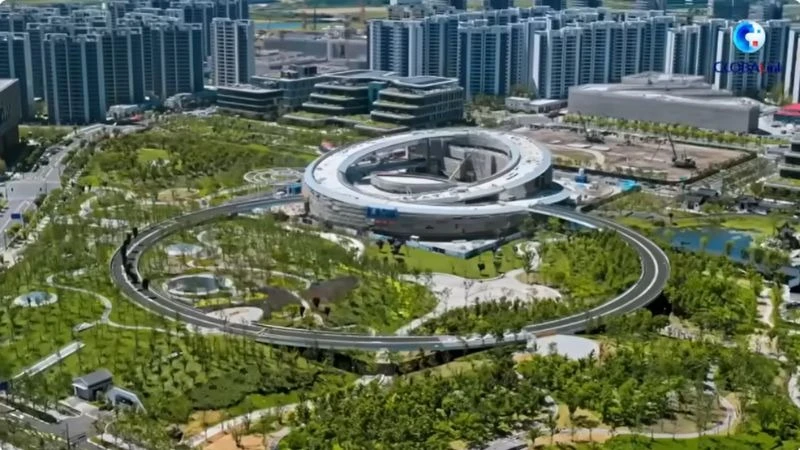Africa’s graphite output falls 30pc in 2024
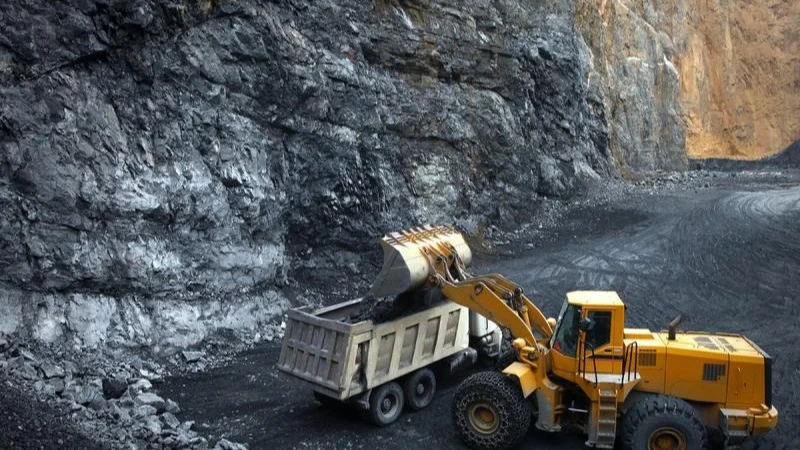
Africa accounts for 10 percent of global natural graphite supply. Despite China dominating nearly 80% of the graphite market, Africa could potentially expand its market share in the years to come, bolstered by projects in progress.
The IEA, in its report Global Critical Minerals Outlook 2025, attributed the performance downturn primarily to operational issues at Balama, the continent's largest graphite mine.
“Mozambique’s Balama mine declared force majeure due to civil unrest, and Tanzania’s Lindi mine faced issues after its owner went into administration, compounded by logistical problems at the Dar es Salaam port,” the report elaborated.
Australian company Syrah Resources, which operates the Balama mine, produced no graphite from the site since July 2024. This production halt was a key factor in the drop to 120,000 tons reported by the IEA, a 30 percent decline from the previous year. Syrah plans to restart production by the end of June 2025 but has not issued any updated forecasts.
Meanwhile, Tirupati is optimizing its Madagascar operations, aiming to raise annual production capacity from 20,000 tons to 54,000 tons by December 2025.
Several graphite projects are underway across the continent, suggesting that Africa could still play a larger role in the global market. Sovereign Metals is developing the Kasiya project in Malawi, which could yield 233,000 tons of graphite over a 25-year mine life. In Tanzania, Black Rock Mining is advancing the Mahenge project, targeting 340,000 tons of annual graphite concentrate by 2026.
These developments could reverse the production slump and accelerate Africa’s market share expansion. The IEA’s earlier World Energy Outlook 2024 projected Africa’s graphite output share could double to 20 percent by 2030.
However, that outlook is complicated by current market headwinds. With oversupply and declining demand, particularly in the electric vehicle sector, graphite prices have been under pressure since 2023. This has dampened investor momentum in the short term.
In Madagascar, NextSource has struggled to bring its Molo mine to commercial production, citing difficult market conditions. Likewise, Syrah Resources cited the weak market as a factor in its 2024 decision to suspend operations at Balama.
Latest data show the global graphite market was valued at approximately US$15.90 billion in 2025 and is projected to reach US$24.93 billion by the end of 2030, with a Compound Annual Growth Rate (CAGR) of around 9.41 percent.
Other estimates project the market to reach US$25.70 billion by 2028 (CAGR of 8.2 percent) or even US$36.40 billion by 2030 (CAGR of 15.1 percent).
Natural graphite is currently dominating the market due to its wide availability and cost-effectiveness, and it is expected to continue growing rapidly, particularly for lithium-ion battery applications. Synthetic graphite is also anticipated to hold a significant market share and is expected to be the fastest-growing segment in terms of product category.
The demand for natural graphite alone is forecast to increase by a staggering 140 percent by 2030, requiring an additional 1.7 million tonnes of material. Meeting this demand will necessitate the development of numerous new graphite mines and synthetic graphite plants globally.
There is a clear trend towards supply chain regionalization, with Western countries actively seeking non-Chinese sources of graphite due to China's dominant position in global supply (controlling nearly 80 percent of global graphite supply and over 95 percent of battery-grade graphite).
This has led to increased interest in African graphite sources (e.g., Madagascar, Mozambique, Tanzania) and efforts to develop domestic production in North America and Europe.
Concerns about environmental footprint and sustainability are also influencing market trends, driving demand for more environmentally friendly mining practices and recycled graphite materials.
Top Headlines
© 2025 IPPMEDIA.COM. ALL RIGHTS RESERVED







